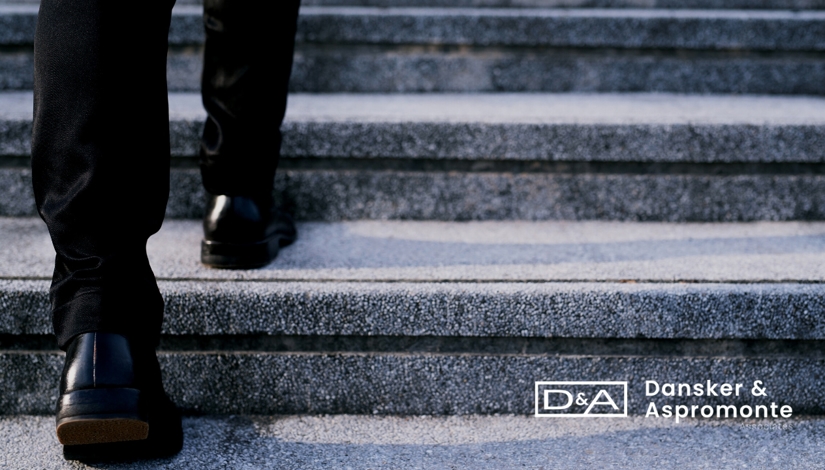Falls have long been one of the greatest hazards for U.S. workers. Some industries, particularly the construction industry, leave workers especially vulnerable to falls. About 38% of construction industry deaths are fall-related.
However, without proper protection measures and safety training, falls can occur in virtually any workplace setting. Other industries posting double (or even triple) digit workplace fall fatalities include:
- Agriculture
- Manufacturing
- Retail trade
- Transportation and warehousing
- Financial services
- Health care
- Leisure and hospitality
- Accommodations and food service
- Real estate
The professional and business services sector saw more than 100 fall-related fatalities. While many of these deaths were concentrated in fields such as building maintenance, fall-related deaths also occurred in advertising, photographic services, and security.
In addition, the Centers for Disease Control and Prevention (CDC) reports that about ¼ of all non-fatal workplace injuries resulting in lost work days involve falls.
Falls in these varied workplace environments happen in many ways, including:
- Falls from upper levels in a warehouse or other facility
- Tripping on an uneven surface or debris on the floor or ground
- Slipping on a wet or otherwise slick floor
- Falling from a ladder
- Falling from a lift or scaffold
Top OSHA Violations Relating to Fall Risks
With the large number of fall-related workplace injuries and fatalities, it’s no surprise that fall protection violations hold the number one spot on the Occupational Safety and Health Administration’s (OHSA’s) list of most commonly-cited violations. In the most recent OSHA report, fall-related safety issues took three of the top ten spots.
In 2017, OSHA issued 6,072 fall protection violation citations and 1,523 citations related to failure to comply with or fulfill fall-prevention training requirements. The agency also issued thousands of citations for scaffolding-specific violations.
In short, fall hazards exist across a wide range of industries and professions, and present a significant cost both to individual workers and to the U.S. economy. The CDC estimates that on-the-job falls cost about $70 billion each year.
For a free legal consultation, call (516) 206-6723
If You’ve Been Injured in an On-the-Job Fall, Consult a Workplace Injury Attorney
If you’ve been injured on the job, whether in a fall or in some other way, you are likely entitled to compensation for your medical expenses, lost work time, and perhaps more. The New York workers’ compensation system was created to ensure that injured workers receive access to medical care and replacement income, regardless of fault. Workers’ compensation does not allow for other damages, such as pain and suffering.
However, some injured workers may be entitled to bring additional claims, which may result in significantly higher compensation. In this case involving a fall from a ladder on a construction site, Dansker & Aspromonte attorneys obtained a $2.25 million verdict for the injured worker.
One common example of third-party liability in workplace injury cases involves an injury which occurs on a construction site, through the fault of a general contractor or subcontractor who is not the injured worker’s employer. This same concept may apply in a variety of contexts, particularly in industries where employees of multiple companies work on the same location, or workers travel to job sites owned by outsiders.
If you’ve suffered a serious work injury, you owe it to yourself to learn more about your rights before you take the next step. Schedule a free consultation with an experienced New York workplace injury attorney right now.
Our attorneys are skilled in handling a range of personal injury cases, including motor vehicle accidents, construction accidents, serious injuries, wrongful death, and more.

